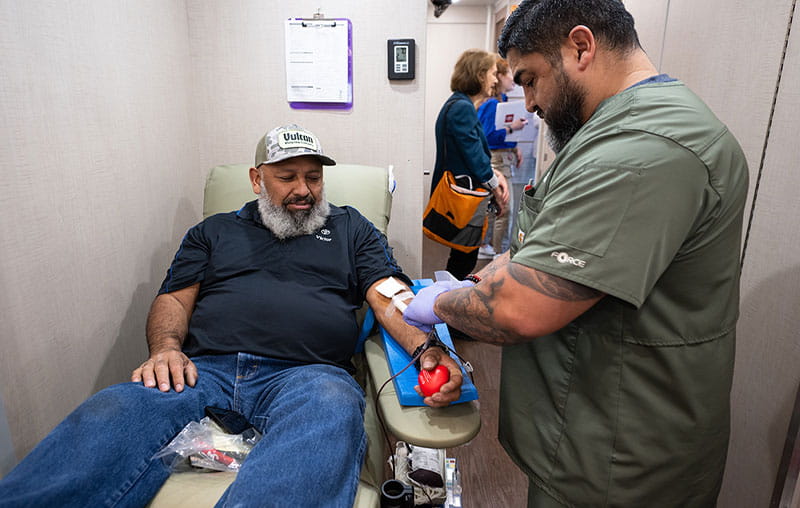If you’ve ever played the board game Risk, you know that the results of your decisions aren’t completely within your control. Everything we do involves a certain level of risk, from cutting a tomato to driving on the highway. Assessing your risk for a variety of activities can help keep you safer and potentially prevent you from getting COVID-19.
Recently “risk” has taken on new meaning for us. What used to be a safe, routine activity, like going to the grocery store, now involves new considerations. How crowded will it be? Will everyone be wearing a mask? How many items will I have to touch? How long will I be there? Can I really stay six feet away from people in the always-crowded pasta aisle?
No doubt about it—our lives are more complicated than they were a few months ago. And it can be difficult to determine if a specific activity is riskier than another, because simply going anywhere is riskier now than it used to be. But there are a few simple questions you can ask yourself to make an informed decision based on your individual health circumstances.
What should I consider before going out?
The CDC recommends these three simple questions when venturing out during COVID-19:
- How many people will you interact with?
- Can you keep six feet of space between you and others?
- What’s the length of time you'll be interacting with people?
Your risk boils down to how long will you spend in close contact with other people outside your household. The more time you spend and the closer you get to others, the greater the risk of catching COVID-19.
What activities are safest?
This chart from the Texas Medical Association groups various outings into categories of potential risk on a scale of 1-10:
Daily errands and necessary outings like getting gas or grocery shopping carry relatively low risk, while riskier activities include social gatherings like going to a bar or movie theater. And there are plenty of recreational activities that carry little risk such as camping, golfing and going for a bike ride with friends.
What can I do to reduce my risk of getting sick?
Of course, these risk levels assume that everyone is observing the basic safety protocols: wearing a mask, washing hands often and maintaining six feet of physical distance whenever possible. If you or others around you are not observing these precautions, your risk and their risk increases. No matter what activity you participate in, these safety protocols should be a part of your daily routine until the pandemic is under control.
To reduce your risk even further, become familiar with how long the virus lives on various surfaces. We also have a handy resource to answer your questions about wearing a mask.
The CDC provides information to help you determine your own risk for a variety of daily outings and more involved undertakings such as traveling during a pandemic.





